The Origins of Mayview State Hospital
In the late 19th century, the City of Pittsburgh took a monumental step in mental health care by establishing Mayview State Hospital. Initially known as Marshalsea Poor Farm, the facility opened in 1893. Located in South Fayette Township, Pennsylvania, it was initially spread over 243 acres and could accommodate about 340 patients.
The hospital was named after Marshalsea, a famous London debtors' prison where Charles Dickens' father was once held. This historical connection added a layer of intrigue to the institution. The initial years were challenging as the facility grappled with limited resources and a growing number of patients.
The hospital was not just a place for psychiatric care; it was a community in itself. With a staff count of approximately 502 as of August 2007, it had an annual operating budget of $63 million. The hospital spanned 335 acres and had 39 buildings, 12 specifically for patient care and administration.
Architectural Milestones
Elise Mercur, a renowned architect of her time, was hired in 1897 to design a separate children's hospital within the Mayview facility. Until then, children were admitted to the women's dormitory, highlighting the need for specialized care for younger patients. The new building was a significant architectural milestone for the hospital, setting a precedent for future expansions.
The hospital's architecture was not just about aesthetics; it was designed to serve specific functions. For instance, the layout of the buildings was planned to facilitate easy movement for staff and patients. The design also considered the need for natural light and ventilation, essential for patients' well-being.
Over the years, the hospital expanded its infrastructure, adding more buildings to its sprawling campus. By the early 20th century, the hospital had grown to include various specialized units, administrative buildings, and recreational areas. Each building had its own story, contributing to the hospital's rich history.
The architectural evolution of Mayview State Hospital is a subject of interest for many historians and architects. The designs reflect the changing attitudes towards mental health care over the years, making the hospital a significant landmark in psychiatric care architecture.
The 1907 Fire Tragedy
The night of July 31, 1907, was a catastrophic moment in Mayview State Hospital's timeline due to a devastating fire. The fire started due to an overheated boiler in the laundry and bakehouse area. Within a short span, the flames engulfed the Poor Farm and Asylum, which housed 900 patients.
The fire brigade responded quickly but faced challenges due to a limited supply of hoses and water. Hospital attendants began evacuating patients, many of whom were on their cots. The situation was chaotic, and many patients were injured in the ensuing panic.
A heavy downpour of rain eventually helped control the fire, which raged for three hours until 1 am. The property loss was estimated to be between $75,000 and $100,000 - a significant amount then. The incident led to reevaluating safety measures at the hospital, resulting in several changes in protocols and infrastructure.
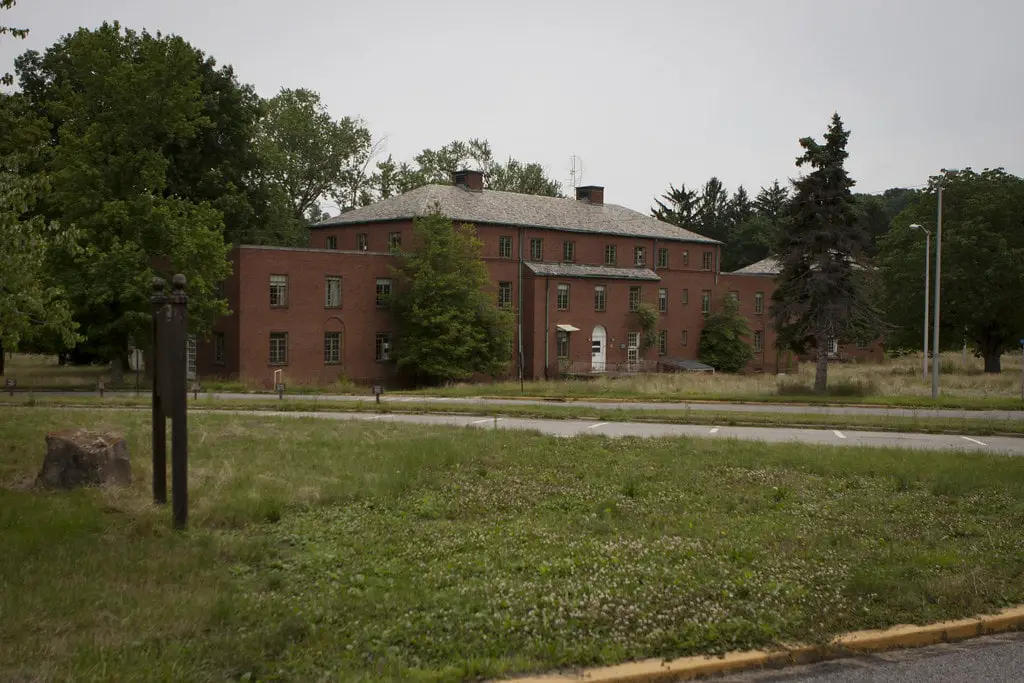
The 1907 fire remains a dark chapter in the hospital's history as a grim reminder of the vulnerabilities of such large institutions. It also led to increased scrutiny and reforms, not just at Mayview but also in similar facilities across the state.
Evolution and Renaming
1916, the institution experienced a significant overhaul, adopting the new Pittsburgh City Home and Hospital name at Mayview. This renaming marked a shift in the hospital's identity, aligning it more closely with the broader healthcare services offered by the City of Pittsburgh.
By 1934, the hospital had grown exponentially, accommodating 4,200 patients and employing 450 staff members. This growth was a testament to the hospital's evolving role in the community as it expanded its services to meet the increasing demands for psychiatric care.
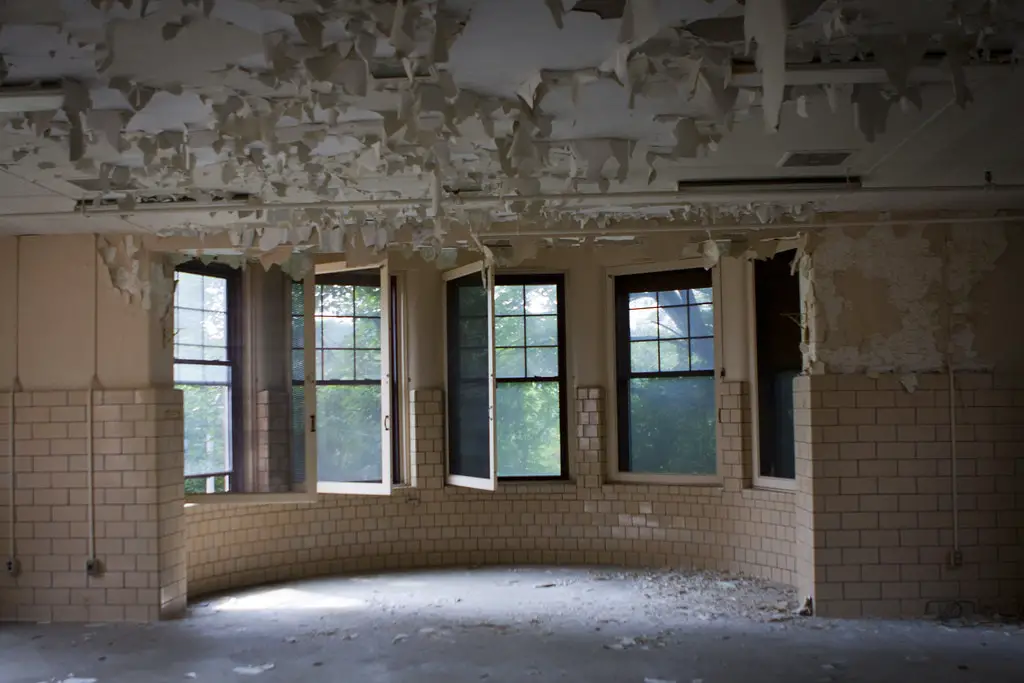
On June 1, 1941, the Commonwealth of Pennsylvania took over the responsibility for the hospital. At that time, the patient count was around 3,200. This transfer of authority led to further expansions and improvements as the state invested more resources into the facility.
The hospital continued to evolve over the years, adapting to the changing landscape of psychiatric care. From its humble beginnings as a poor farm to becoming a state-run institution, Mayview State Hospital has been a significant part of South Fayette Township's history and the broader mental health care system in Pennsylvania.
The Forensic Center and Controversies
1946, Mayview State Hospital introduced an observation unit, which evolved into a forensic center by 1974. This specialized unit was designed to assess and treat patients involved in legal issues, adding another layer of complexity to the hospital's operations.
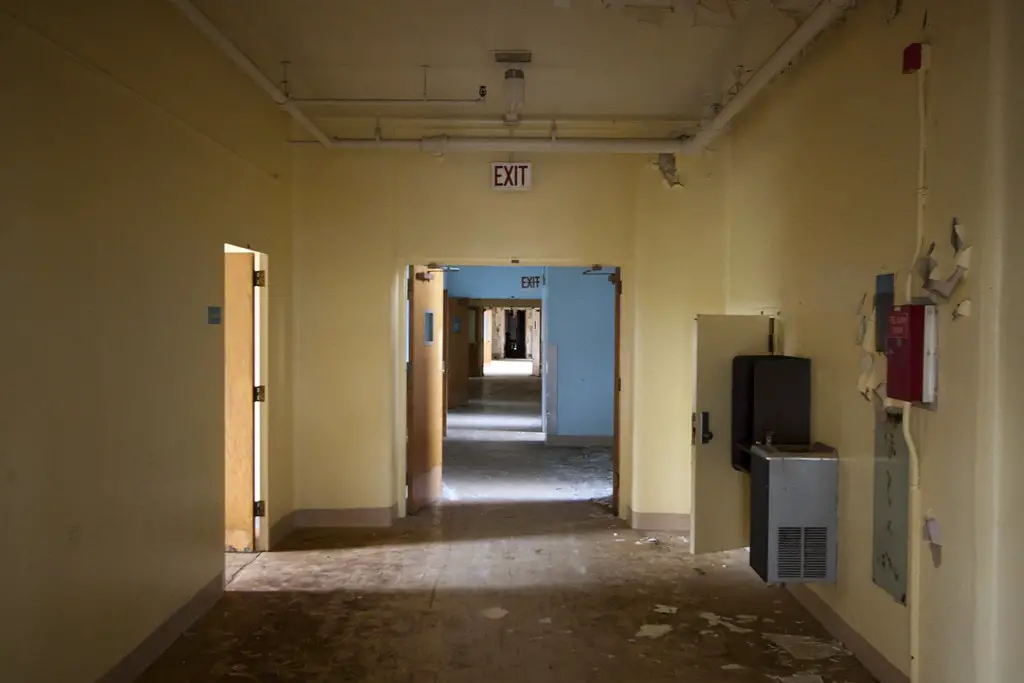
However, the forensic center was not without its share of controversies. In November 2007, the hospital's closure was temporarily halted after the deaths of two former patients. One individual met their fate by jumping or falling off a bridge, while another was fatally hit by a train. These incidents raised questions about the effectiveness of the hospital's treatment programs and discharge procedures.
The controversies surrounding the forensic center led to debates about the ethical responsibilities of psychiatric institutions. Critics argued that the hospital needed to do more to prepare patients for life outside the institution, especially those with a history of legal issues.
Despite the challenges and controversies, the forensic center played a crucial role in the Pennsylvania mental health care system. It served as a model for other institutions, inspiring debates and reforms in forensic psychiatry.
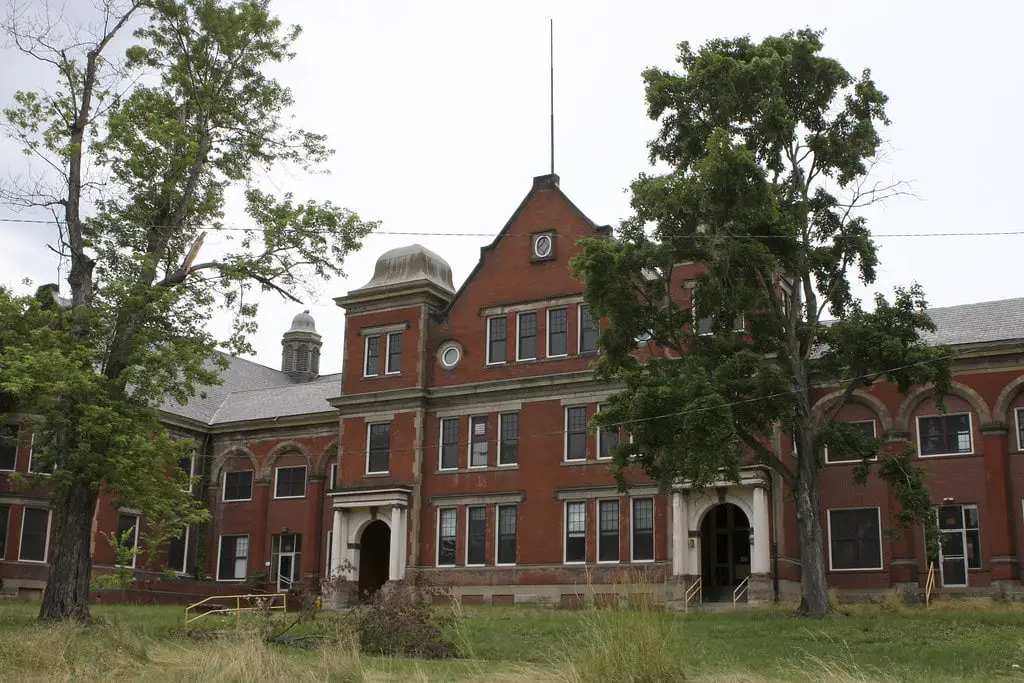
The Closure and Aftermath
The closure of Mayview State Hospital was officially announced on August 15, 2007, with the civil section slated to be shut down by December 31, 2008. At that time, the patient census for the civil section was 225. These patients were individually assessed and discharged into less restrictive, community-based settings.
The decision to close the hospital was part of a broader strategy to reduce reliance on institutional care. Patients assessed as needing continuing treatment were transferred to other state hospitals. This marked a significant shift in Pennsylvania's approach to mental health care, focusing more on community-based services.
In November 2008, 47 forensic patients were moved to Torrance State Hospital in Derry, Pennsylvania. From August 2007 to December 2008, over 200 former patients were moved into community-based settings, most of which had 24-hour on-site support staff.
The hospital officially closed its doors at the end of December 2008. In June 2010, the property was sold for $505,000 to Aloe Brothers of Mt. Washington. The closure of Mayview State Hospital marked the end of an era, but its legacy continues to influence mental health care policies and practices in Pennsylvania.
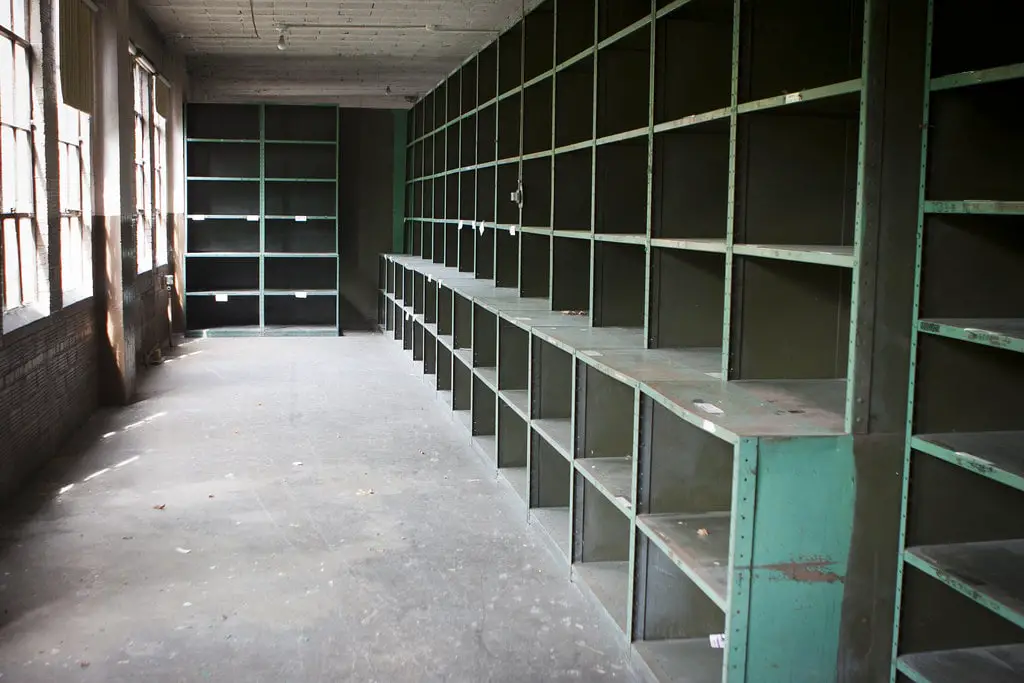
The Current Status and Future Plans
The Mayview State Hospital buildings were demolished in 2016, making way for new developments. While the institution no longer exists, its impact on the community and the field of psychiatric care is indelible.
The land that once housed the Mayview State Hospital in South Fayette Township, PA, has undergone a remarkable transformation, giving way to two significant developments: Fairview Park and Chartiers Bend Retirement Resort. These new establishments have changed the landscape and brought new life and opportunities to the community.
Fairview Park has expanded over 68 acres of the former hospital property, increasing its size by more than 50 percent. The park now features a splash pad, a pavilion with restrooms, a fenced dog park, and three ballfields. A new entrance from Mayview Road has also been added, enhancing accessibility.
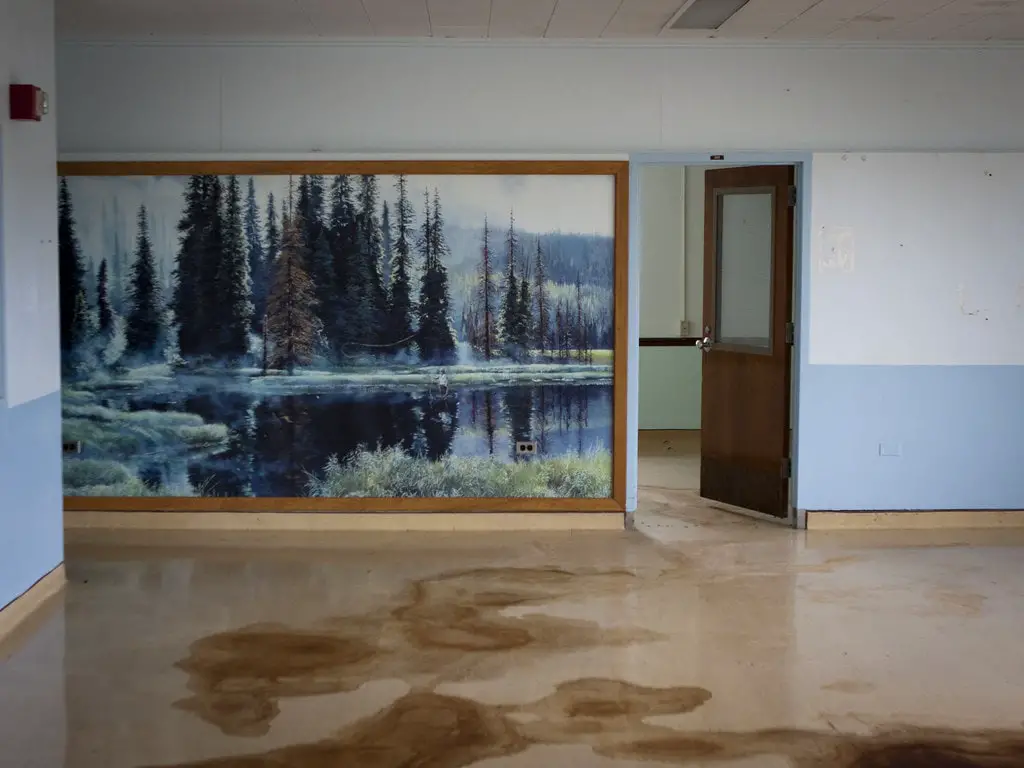
The expansion was made possible through grants, donations, and community support. The park serves as a community hub, offering various amenities catering to residents of all ages.
On the other hand, Chartiers Bend Retirement Resort has become a haven for seniors, offering a resort-like lifestyle complete with modern amenities. Located amidst 600 acres of scenic parkland, the resort provides various apartment options and facilities like a 150-seat theater, a 24/7 concierge service, health & wellness programs, a fitness center, and many others.
Both Fairview Park and Chartiers Bend Retirement Resort have successfully repurposed the historic Mayview State Hospital site, each in its unique way. Fairview Park is a recreational space that enhances community well-being, while Chartiers Bend offers a luxurious living option for seniors.
Together, they symbolize the resilience and adaptability of South Fayette Township, turning a page on the past and writing a new chapter for the future.
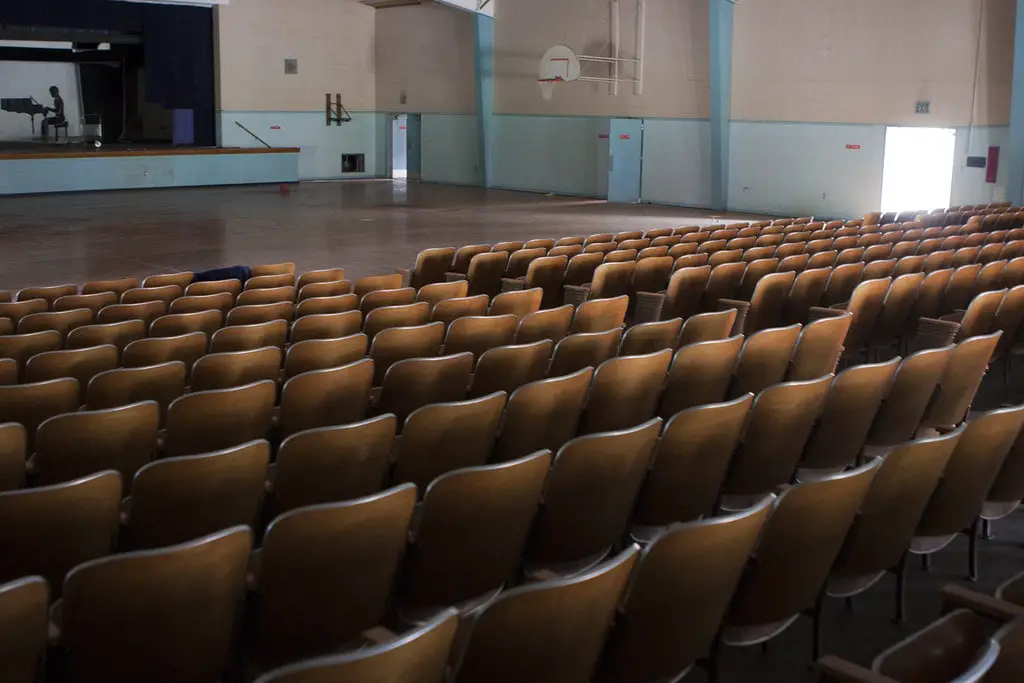
Conclusion
The story of Mayview State Hospital is a tapestry of triumphs, challenges, and transformations. From its establishment in 1893 to its closure in 2008, the hospital has been a significant part of South Fayette Township and the broader mental health care system in Pennsylvania.
Its architectural milestones, the tragic fire of 1907, and the various controversies it faced over the years add complexity to its history. The hospital's closure and subsequent property sale mark the end of one chapter and the beginning of another.
In South Fayette Township's annals, Mayview State Hospital will always hold a special place. Its story is a testament to the community's resilience, adaptability, and enduring commitment to mental health care.
